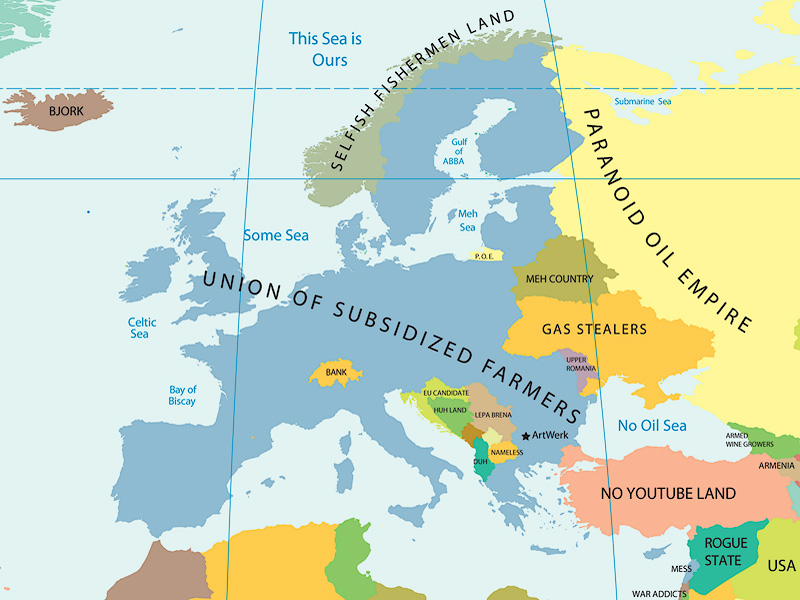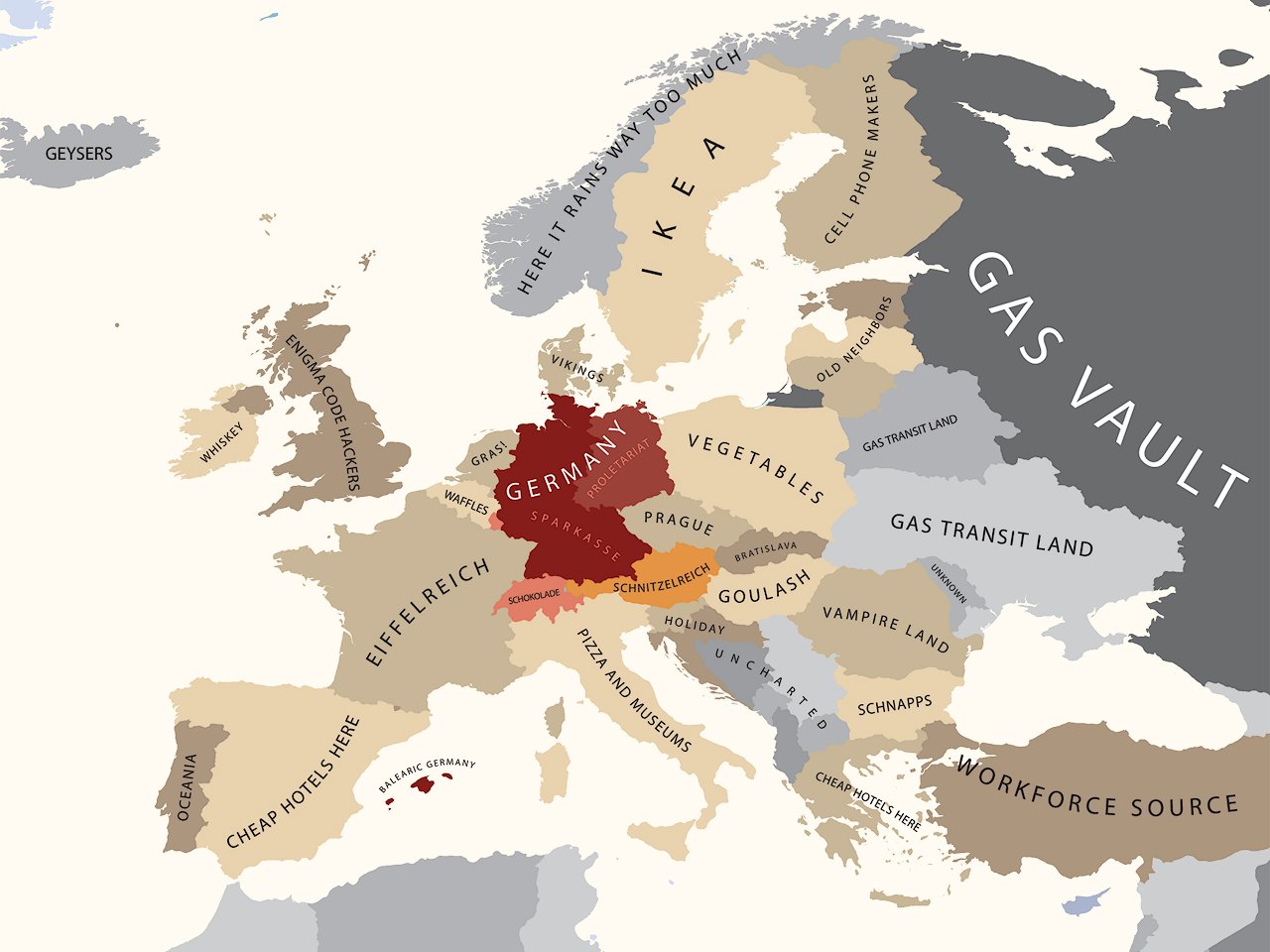Fascinating article - full version here - talks about how people putting designs on sites like Dribbble tend to have more of an eye on how it's going to go down with other designers rather than as an actual successful product that works. It's also a really good example of credible self-promotion, and as applicable to other types of content creation as it is to design - a useful reminder to keep my eye on the desired outcome first, rather than just making more flannel. I've cut out a few bits below: "...Pixel perfect, retina ready PNGs might look great on Dribbble, but they will have decreasing value as a primary design tool in a real product building environment.
This is why redesigns of other people’s work is pure folly e.g. the new Yahoo logo, iOS7, changes to Facebook, the New New Twitter, the American Airlines rebrand. People have no context for the decision making process involved in these projects, no knowledge of the requirements, constraints, organisational politics.
If product design is about solving problems for people within the constraints of a specific business, then it simply feels that many people calling themselves product/UX designers are actually practicing digital art. They are Artists. They are Stylists. Executing beautiful looking things, certainly an important skill, but not practising product design...
Once you have a clear mission, vision and product architecture, you can start to think about the other details. The goals people have, what makes them happy, fulfilled, successful. The jobs your product does for them, where it works well, where it doesn’t.
The rough ugly sketches and scribbles that describe these things are far more important than the png that ends up on Dribbble...All the whiteboard sketches, hand drawings, and back of the napkin problem solving is what designers should be posting. Show me those things. Even a written description of what is being built is more important than the PNG or PDF.
Design is a multi layered process. In my experience, there is an optimal order to how you move through the layers. The simplest version of this is to think about four layers:
I see designer after designer focus on the fourth layer without really considering the others. Working from the bottom up rather than the top down. The grid, font, colour, and aesthetic style are irrelevant if the other three layers haven’t been resolved first. Many designers say they do this, but don’t walk the walk, because sometimes it’s just more fun to draw nice pictures and bury oneself in pixels than deal with complicated business decisions and people with different opinions. That’s fine, stay in the fourth layer, but that’s art not design. You’re a digital artist, not a designer...
At Intercom, we’re working with Clay Christensen’s Jobs framework for product design. We frame every design problem in a Job, focusing on the triggering event or situation, the motivation and goal, and the intended outcome:
When _____ , I want to _____ , so I can _____ .
For example: When an important new customer signs up, I want to be notified, so I can start a conversation with them.
This gives us clarity. We can map this Job to the mission and prioritise it appropriately. It ensures that we are constantly thinking about all four layers of design. We can see what components in our system are part of this Job and the necessary relationships and interactions required to facilitate it. We can design from the top down, moving through outcome, system, interactions, before getting to visual design.


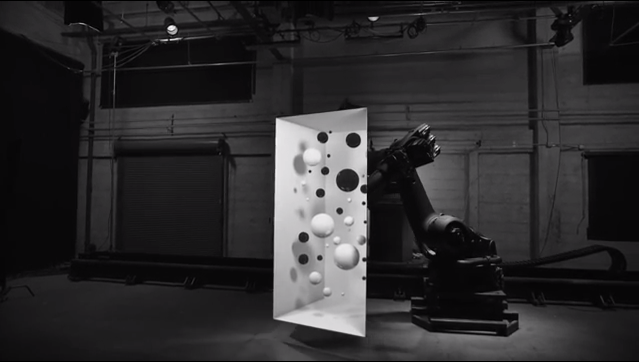
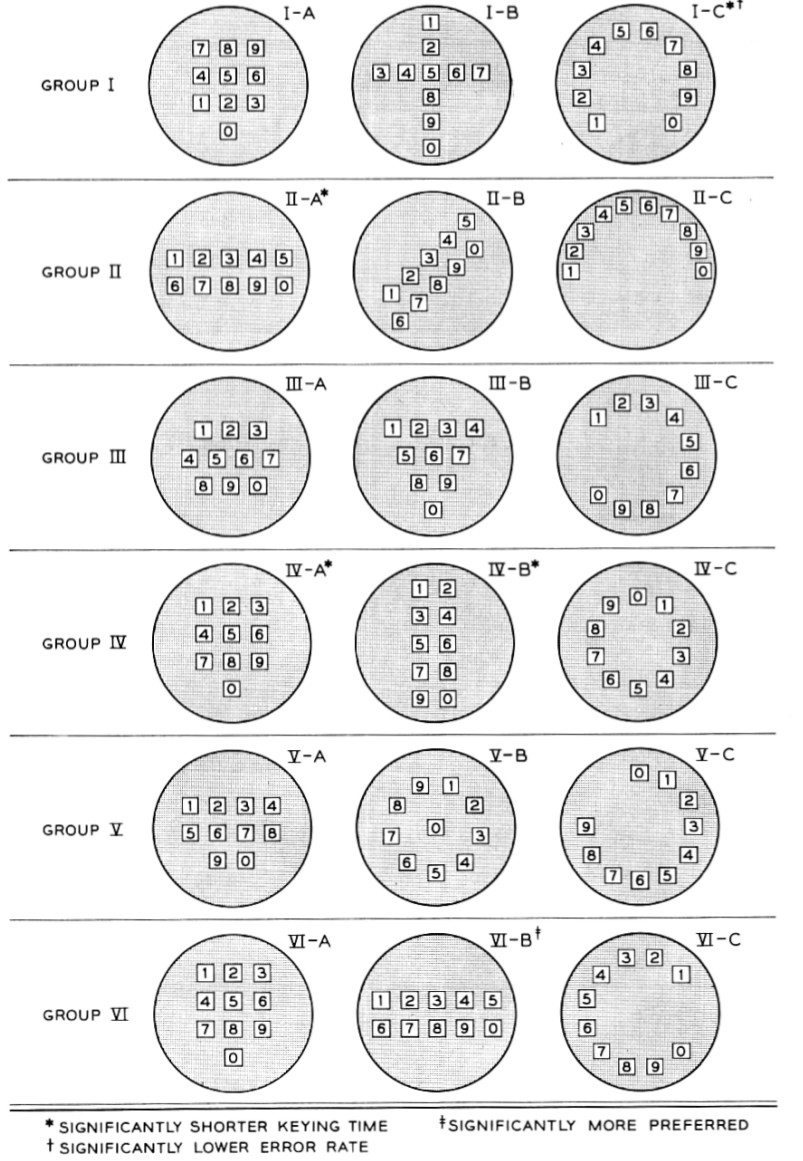
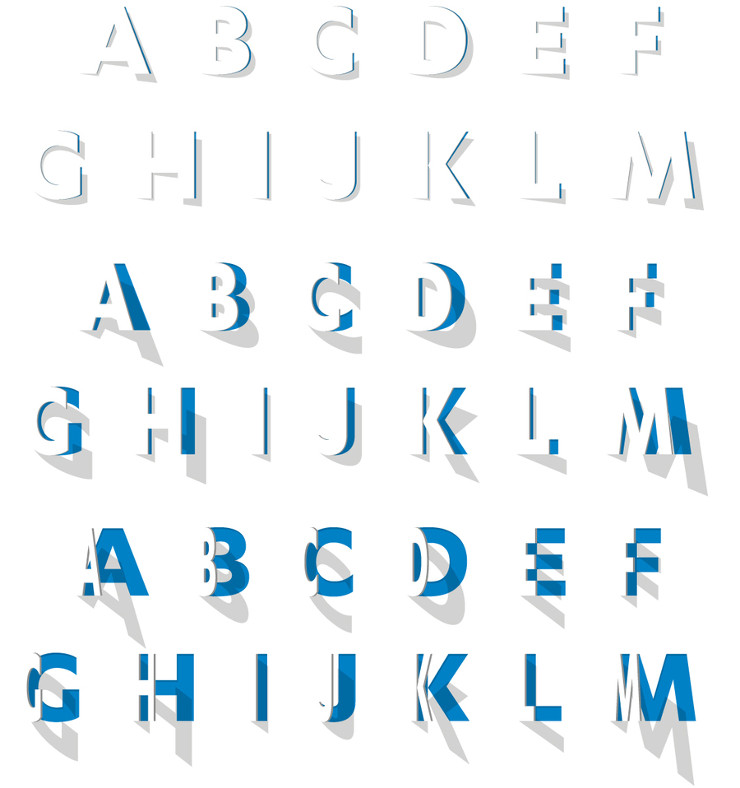


 Escher was a Dutch graphic artist known for mathematically-inspired woodcuts, lithographs, and mezzotints. These were often impossible constructions, explorations of infinity, architecture, and tessellations.
Escher was a Dutch graphic artist known for mathematically-inspired woodcuts, lithographs, and mezzotints. These were often impossible constructions, explorations of infinity, architecture, and tessellations. 
 I think I've seen some of Dallas Clayton's
I think I've seen some of Dallas Clayton's 

 From 1877. Very pretty. More
From 1877. Very pretty. More 




